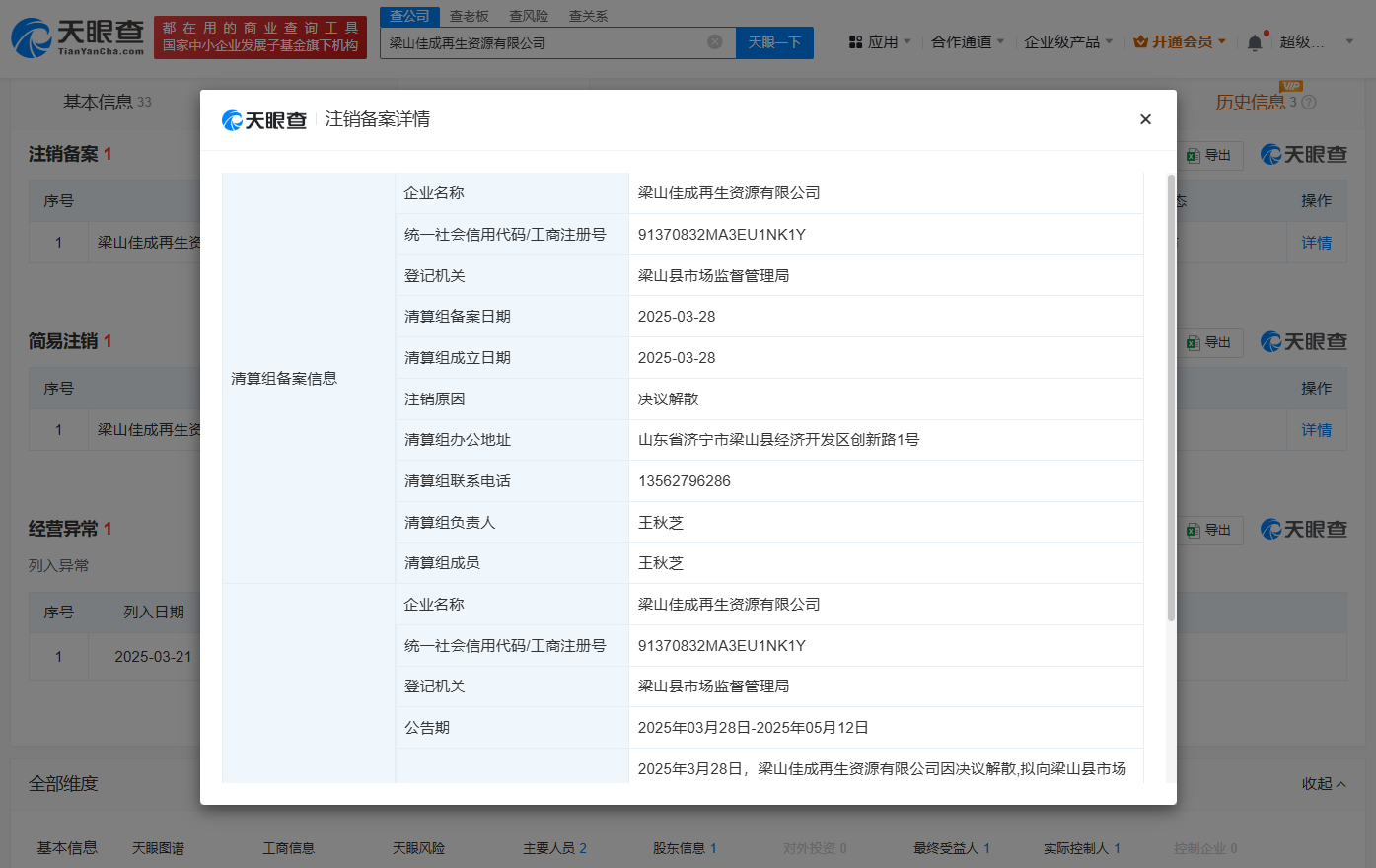Since Microsoft introduced the dark mode in Windows 10 in 2016, users have consistently awaited a comprehensive dark theme. However, after nearly a decade, Windows' dark mode still falls short of user expectations in many aspects.
When Windows 10 was first unveiled in 2015, it already featured both light and dark elements in its interface. The taskbar, Start menu, and Action Center adopted a dark design, while the File Explorer and context menus maintained a light style. The following year, Microsoft added the ability to switch between dark and light modes, enabling the File Explorer and context menus to support dark mode as well, but this improvement didn't fully resolve the issue.
Even now, users often encounter interface areas in Windows that don't support dark mode. Many system components, such as copy dialog boxes, file properties, run commands, registry editors, and Control Panel applets, have yet to be adapted for dark mode. This issue persists in Windows 11, where users may still encounter jarring light interfaces that clash with the dark theme during certain operations, feeling like a "flash bomb."
Notably, during the development of Windows 11, Microsoft had aimed to improve dark mode. It was revealed that internal versions already added dark mode support for old Windows interfaces like file properties and copy dialog boxes. However, this improvement didn't make it into the final version, and the exact reasons remain unclear.
In contrast, other mainstream operating systems like macOS, iOS, iPadOS, and Android have excelled in dark mode support. These systems offer complete and consistent dark themes, with users rarely encountering system interfaces that haven't applied the theme correctly after enabling dark mode. In comparison, Windows lags behind significantly in adapting to dark mode.
Windows Central points out that this issue is primarily due to Microsoft itself. Currently, almost all third-party Windows applications support dark mode, but Windows itself hasn't fully covered dark mode across the board. This situation not only affects user experience but also diminishes the competitiveness of the Windows system.
Some users have reported that in certain cases, Windows' dark mode can even completely fail. These system areas are highly frequented by users in daily operations, and the incomplete dark mode undoubtedly brings many inconveniences. In the face of user feedback and expectations, Microsoft seems to have given insufficient attention and response.
In summary, although Microsoft introduced dark mode in Windows, there are still many issues in its actual application and adaptation. It is hoped that Microsoft can acknowledge user feedback and needs, and quickly improve dark mode support to provide users with a better experience.






暂无评论